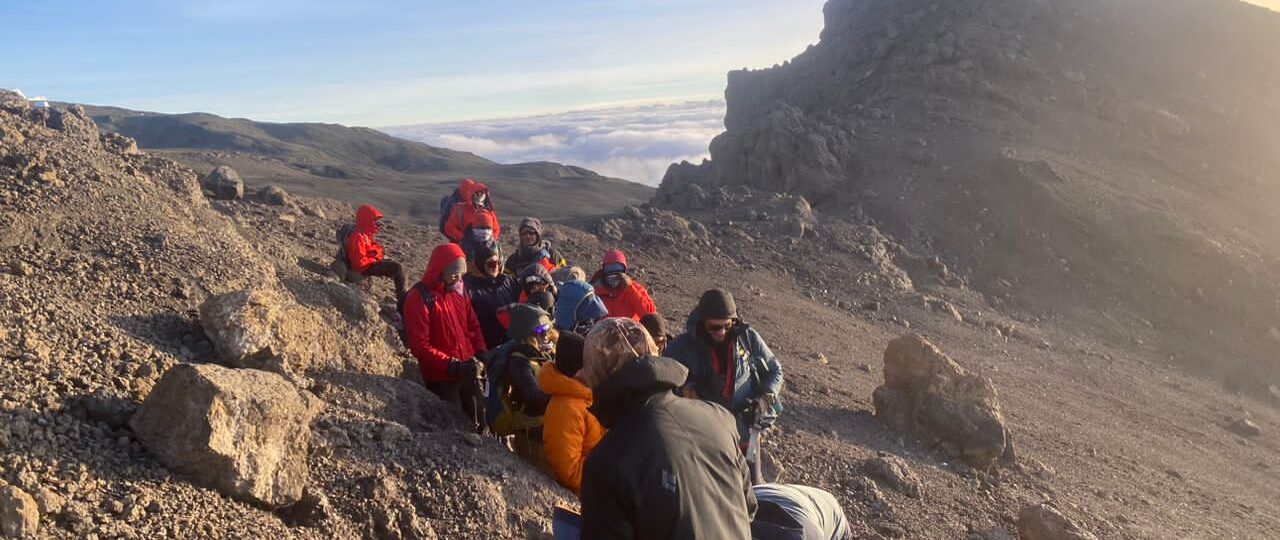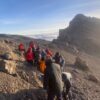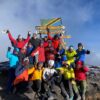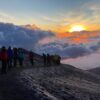Essentials for Conquering Mount Kilimanjaro
Embarking on an Unforgettable Journey
Kilimanjaro, Africa’s crowning peak, beckons adventurers with its majestic allure. To conquer this formidable mountain, proper preparation is paramount. This guide outlines the essential packing list and provides valuable insights to ensure a successful and unforgettable expedition.
Accommodations and Departure
Your Kilimanjaro adventure begins and ends at Kilimanjaro International Airport. The accommodation style for this program is based on public campsites with a dedicated chef. The itinerary includes a mountain guide, chef, and camping equipment. Washroom facilities are shared at the camp.
“Mount Kilimanjaro is not measured in altitude, but in the stories it inspires us to tell when we descend.”
sql
Visa Requirements
To enter Tanzania, a visa is required. It is strongly advised to purchase visas online prior to arrival to avoid lengthy delays. The visa application process can be completed online, no later than 3 weeks before traveling to Tanzania, via the official website www.immigration.go.tz
Payment Terms
To secure your tour, a 30% deposit is required. The remaining 70% can be paid 45 days prior to your arrival. Payment options include credit card and bank transfer.
Packing for Kilimanjaro: A Comprehensive Guide
By park regulations, each porter is allowed to carry no more than 20kg, and it is recommended that you carry approximately 5kg in your day pack, including 3 to 5 liters of water. Dressing in layers is crucial due to the diverse climate zones encountered during the trip.
Head and Face Essentials
- Pile or Wool Hat: Bring a hat that covers ears for warmth. A balaclava is ideal.
- Shade Hat: A wide-brimmed hat is essential for sun protection.
- Sunglasses: High-quality sunglasses with IREX protection rating of 100 are recommended.
- Sunscreen: Bring ample sunscreen with an SPF of 15 or higher.
- Lip Balm: Carry lip balm with an SPF rating of 15 or higher.
- Bandanas: Bandanas provide sun protection and can serve various purposes.

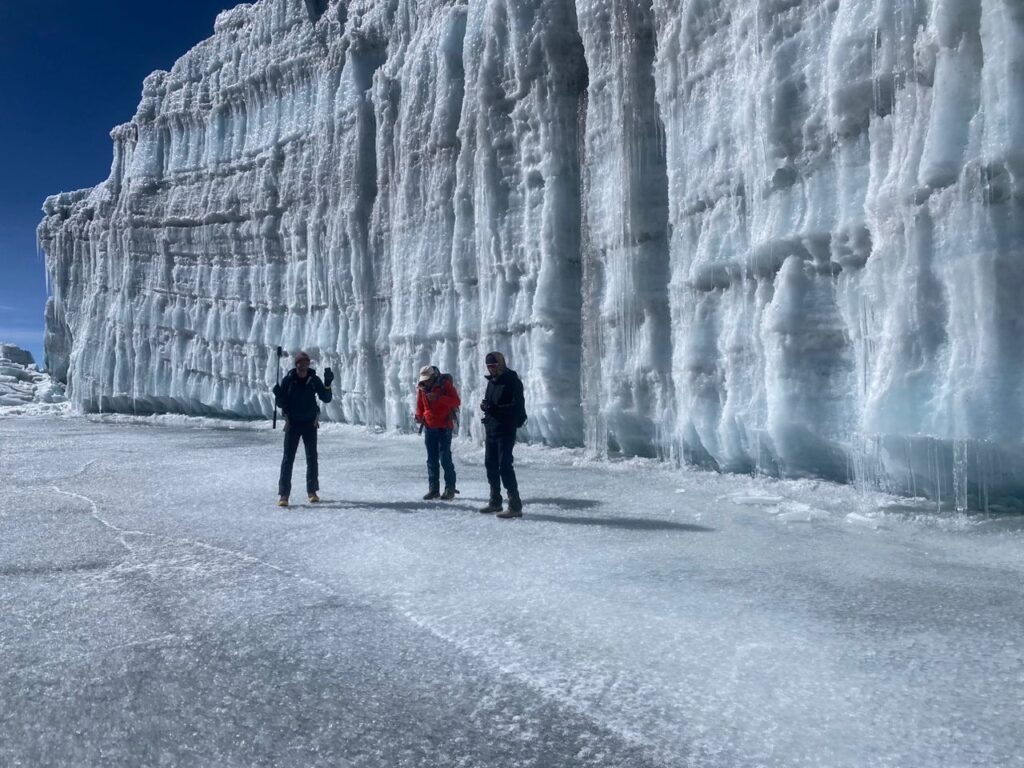
Upper Body Apparel
- T-Shirts: Two synthetic T-shirts are recommended. No cotton on summit day.
- Upper Body Layers: For climbing the mountain, three warm layers are suggested: long underwear top, sweater, and pile jacket or heavy wool shirt. Avoid cotton for inadequate insulation.
- Rain Parka: A good quality Gore-Tex or waterproof nylon rain parka is essential.
- Wind Shirt: (Optional if you have Gore-Tex rain gear) A nylon wind shell provides protection against the elements.
- Poncho: (Optional) A poncho offers quick protection for body and rucksack.
- Gloves or Mittens: Bring one pair of heavy mittens and a light pair of gloves.
- Mitten Shells: One pair to go over your mittens for added warmth on the summit.
Lower Body Apparel
- Quick Dry Hiking Shorts: One pair for hiking at lower elevations.
- Long Underwear Bottoms: One pair of wool or synthetic long underwear bottoms.
- Wool, Bunting or Pile Pants: One pair that fits loosely and is comfortable. These are essential to be worn over the long john bottoms.
- Rain Pants: A good pair of Gore-Tex or waterproof nylon rain pants is essential.
- Wind Pants: (Optional if you have Gore-Tex rain pants) One pair for wind protection.
- Tights: Lycra tights provide comfort, prevent nettle stings, offer warmth, dry fast, and prevent sunburn.
- Undergarments: Bring enough for the duration of the trek.
Footwear and Sleeping Gear
- Thin Socks: Two pair of synthetic socks to wear under heavy wool socks for blister prevention.
- Thick Socks: Six pair of heavy wool or synthetic socks to wear for warmth with hiking boots.
- Hiking Boots: One pair of medium weight hiking boots large enough to be comfortable with one liner sock and one heavy wool or synthetic sock. Must be waterproof.
- Gaiters: One pair of high or low gaiters made of breathable material to keep dirt and snow out of your boots.
- Tevas, Sandals: These are for use in camp after a day of hiking.
- Sleeping Bag and Stuff Sac: On the mountain, temperatures can get down to zero degrees Fahrenheit at night, so bring a warm down sleeping bag.
- Sleeping pad: A closed cell foam camping mattress is provided.
Hydration and Personal Supplies
- Water Bottle or Camelback: Two, one-litre wide-mouthed plastic bottles or a camelback are recommended.
- Water Treatment: Bring purifying tablets

